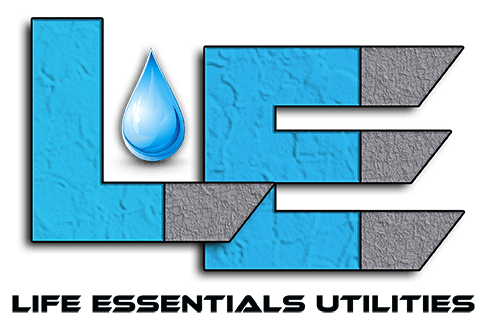FAQs
The Safe Drinking Act passed by Congress in 1974 authorized the USEPA to set standards for the water delivered by every community water system in the United States serving more than 25 people. The USEPA establishes national health-based standards for drinking water to protect against both naturally occurring and man-made contaminants that may be found in water supply sources.
There is no evidence to show that bottled water is better than tap water. All tap water is required to meet strict standards set by the USEPA under the Safe Drinking Water Act. The water provided by community water systems is regularly tested for compliance with state and federal regulations, whereas bottled water suppliers do not have such stringent regulatory requirements.
Public-sector water utilities generally set their own rates and do not have to go through a state public utility commission approval process. Private-sector companies, on the other hand, need to apply with the Public Utilities Commission of the state in which they operate when seeking to raise rates. In exchange for providing water services, private-sector companies are entitled to earn a reasonable return on prudently invested capital. A company is not guaranteed a specific return; whether it earns the allowed return depends on how efficiently the company is run. When determining whether to allow a rate increase, the regulator looks at whether the capital invested to build and maintain the system is reasonable and whether the company is operating in a prudent fashion.
The cost of delivering safe, reliable water depends on a number of factors such as: the expense of operating and maintaining the water system; the cost of the electricity used to pump the water from its source to homes and businesses; and the salaries of technicians, meter-readers, administrative personnel and others who help run the water utility. Depending on where one lives, these costs can vary from region to region. For example, communities often have water sources of differing qualities. Those who depend on water with more saline properties often have to spend more to have their water treated than those with access to purer water. Likewise, communities in locations far removed from water sources may pay additional costs to have pipes extended out to their area.
Municipal systems are owned and operated by the cities or towns they service and are under the management of the mayor or other elected officials. Privately-owned systems range from small corporate associations that provide service to a dozen families to large corporations that own several water service companies. Whether pubic or private, all water utilities must abide by the strict water quality standards established by the EPA as well as state and local regulations. Private company rates are generally established by state PUCs.
The right to use water from lakes, rivers or ground water sources is granted by the Federal government and State agencies. Water utilities do not own the water. Their role is to collect, treat and distribute clean and safe water in a reliable manner. In most states the actual water is held in public trust and local water utilities are allowed to remove the water from a source (river, ground, lake) with permission from a governing body. For providing this service, water utilities generally charge less than 1 penny per gallon for the water.
Water is treated to meet the levels of purity and quality set by the USEPA. Increasingly stringent USEPA regulations require treatment processes to be continually updated and tested, advancing the levels of technology, skill and chemical solutions. Nearly all public water supplies in the United States meet USEPA standards for safe drinking water. Standards limit the concentrations, or amounts, of contaminants. In some cases where a contaminant cannot be measured, water supplies must provide specific treatment, such as disinfection and filtration.
